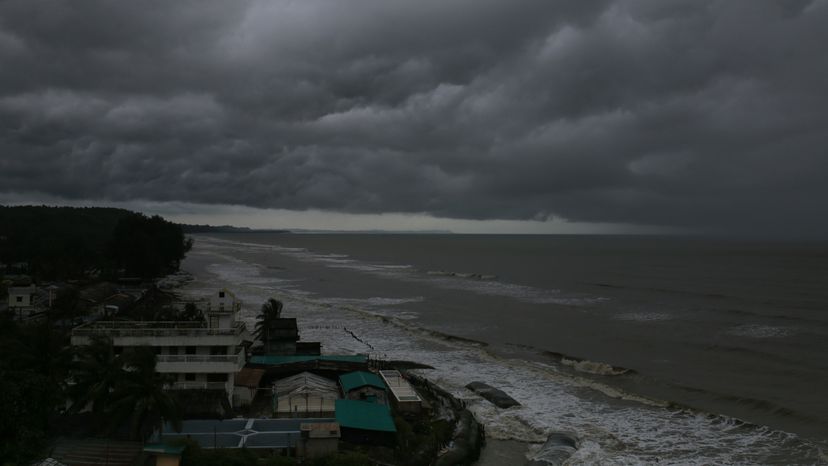Hurricane season is the time of year when tropical or subtropical cyclones are most likely to occur in various regions around the world. These powerful storms can wreak havoc on coastal areas and other locations impacted by strong winds, heavy rainfall, and storm surges, leading to significant destruction and loss of life. While no two hurricane seasons are the same, understanding their general timelines and the regions most affected is essential for proper preparation and risk management.
The primary regions affected by hurricanes are:
- North Atlantic Ocean
- Caribbean Sea
- Gulf of Mexico
- Eastern Pacific
- Central Pacific
- Western Pacific
Each of these regions experiences a specific hurricane season, with the official hurricane season for the Atlantic running from June 1 to November 30. The peak activity period for the Atlantic basin generally occurs from late August through September, as the Atlantic hurricane season runs during the time when the difference between air temperature and sea surface temperatures is most significant.
Let’s take a closer look at the different hurricane seasons and their characteristics.
Atlantic Hurricane Season (June 1 - November 30)
The Atlantic hurricane season, which affects the North Atlantic Ocean, Caribbean Sea, and Gulf of Mexico, extends from June 1 to November 30 each year. During this time, the region experiences a range of tropical disturbances, from weak tropical depressions, including the occasional tropical depression, to powerful hurricanes with winds exceeding 74 mph (119 km/h). On average, the Atlantic hurricane season has 10.1 named storms. Out of these, 5.9 become hurricanes and 2.5 reach major hurricane status of Category 3 or above on the Saffir-Simpson scale.
In recent years, the Atlantic basin has witnessed some particularly devastating hurricane seasons, such as the record-breaking 2020 season, which saw 30 named tropical cyclones, including numerous tropical storms, and various landfalls. The catastrophic impacts of such storms serve as a stark reminder of the importance of being prepared for hurricane season.
While the Atlantic hurricane season officially begins on June 1, out-of-season storms can and do occur. For example, Tropical Storm Ana formed in May 2021, ahead of the official season start. Regardless of the calendar, it’s always essential for coastal residents to remain vigilant and prepared for the potential arrival of a tropical storm or hurricane.
Pacific Hurricane Season (May 15 - November 30)
In the Eastern and Central Pacific regions, the hurricane season runs from May 15 to November 30. During this time, these areas can experience a range of tropical cyclones, from weak disturbances to powerful hurricanes with potentially devastating impacts on land and sea. The peak of hurricane activity in the Eastern Pacific typically occurs between July and September, with storms generally subsiding by mid-October.
While the Pacific hurricane season shares some similarities with its Atlantic counterpart, such as the potential for powerful storms and significant damage, the timings and typical storm intensities can differ between the two regions. Understanding these differences is essential for accurate forecasting and effective preparation.
Western Pacific Typhoon Season
The Western Pacific typhoon season is distinct from the Atlantic and Pacific hurricane seasons, as it affects the region from the International Date Line to the Asian coast. This season generally runs from June to December, with peak activity occurring from July to September.
Typhoons, which are essentially the same phenomena as hurricanes, can be just as powerful and destructive as their Atlantic and Pacific counterparts. Understanding the unique characteristics of the Western Pacific typhoon season and its impacts on the region is important for those living in or traveling to affected areas in order to be adequately prepared for potential storms.
